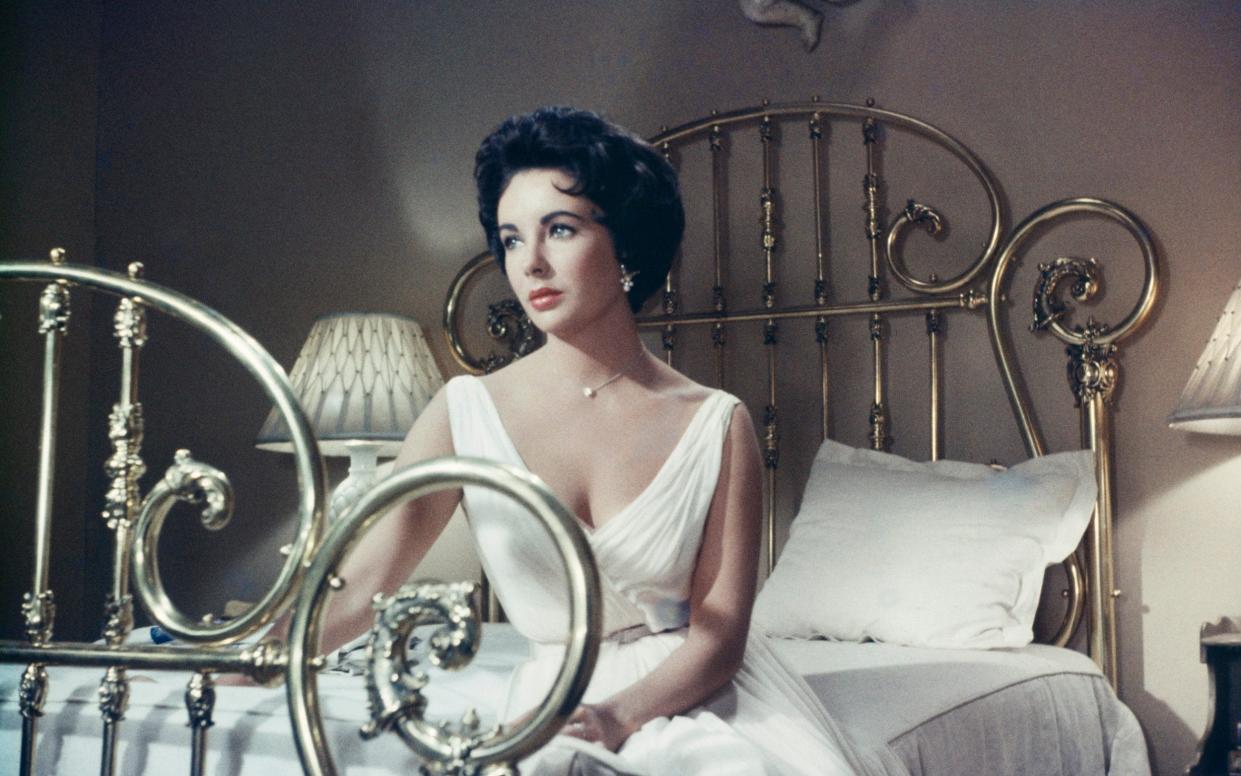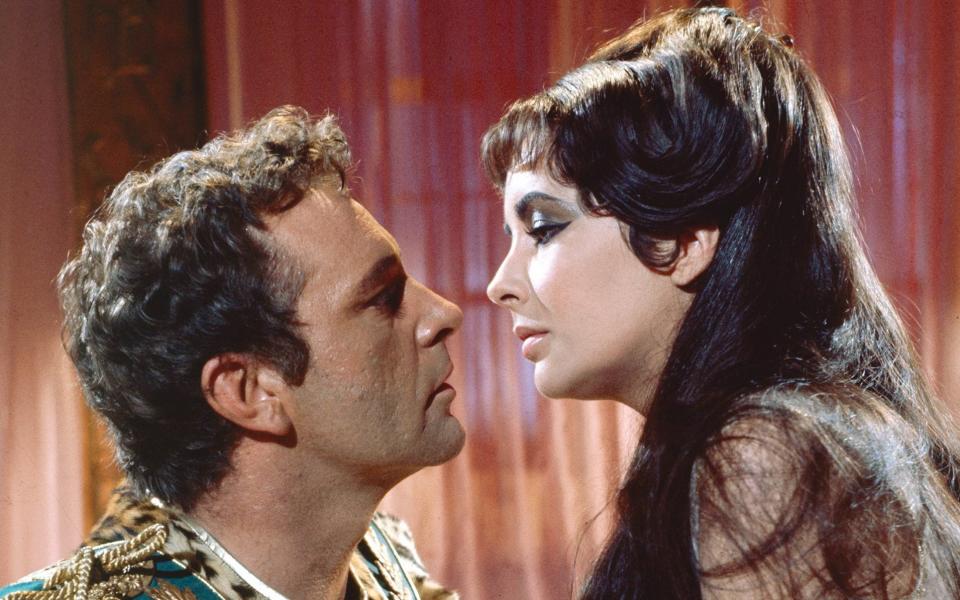This mawkish biography can’t live up to Elizabeth Taylor’s dramatic life

I almost met Elizabeth Taylor. Two of her sons were my contemporaries at school, and she was announced as guest of honour at Speech Day – the year, I guess, being 1969 or 1970. Had she not cancelled at the last minute, I might have received the Mrs Joyful Prize for Raffia Work from someone journalistically acclaimed as the most famous, most glamorous, most beautiful woman in the world.
Her failure to appear on our podium wasn’t surprising. As Kate Andersen Brower’s new biography suggests, motherhood was not her priority, and she was notorious for tardiness and caprice: at the end of the 1960s, she was also battling with both booze and the vagaries of her fifth (and sixth) husband Richard Burton. Her film career was plummeting and she had continual serious problems with her health.
But she was a fighter and a survivor, and in the 1980s she would redeem all her follies and extravagances through her work on behalf of AIDS victims – pulling every string she had to raise money and “shaking the cages of the establishment”, as her collaborator Dr Anthony Fauci put it, until they paid attention. In the annals of Hollywood stardom, her commitment stands as a rare example of noble altruism.
Other chapters of her story are less edifying, beginning with a dismally familiar tale of a childhood stolen by a vicious studio system and exploited by those who should have known better. Born in England in 1932 to affluent and cultured American parents, she was handed over to MGM by her ruthless stage mother when she was 10.
Two years later, her portrayal of a spirited girl with a passion for riding in National Velvet made her a major star. By the time she was 15, she was being fed like Judy Garland on a diet alternating barbiturates with amphetamines, her schooling and social life circumscribed as she was turned into fodder for an insatiable publicity machine. At least acting came to her quite naturally – she never had a lesson – and in gay men such as Roddy McDowall and Montgomery Clift she found the lasting steady friendships that she couldn’t establish with her sexual partners.

At 18, with 10 films already behind her, she was married off to the hotelier Conrad Hilton, a drunk whose violence caused her to miscarry. The marriage lasted eight months. Hilton’s successor, the British actor Michael Wilding, 20 years her senior, bored her because “we had nothing to talk about”. Number three, the roistering film producer Mike Todd, was killed in an air crash within a year of their wedding, and number four, the crooner Eddie Fisher, scandalously snatched from his fresh-faced wife Debbie Reynolds, swiftly turned out to be pretty useless. All this (not to mention the amours in between) before she was 30.
Only in Richard Burton did she meet her match. They bonded on the set of Cleopatra, a ruinous disaster for 20th-Century Fox and the first nail in Taylor’s professional coffin, involving the collapse of both their marriages and her box-office pulling power. Their affair was conducted in the grand style, however. Cleverer and more talented than his predecessors, Burton was infatuated by her “apocalyptic” breasts and a body that he considered “the work of an engineer of genius”. She adored his spunky mind and rough edges, and they evidently relished their rides on a roller-coaster of argy-bargy, “make-up sex” and gifts of expensive jewellery. The press couldn’t get enough of it all, but only one good film, Who’s Afraid of Virginia Woolf? (1966), came out of their partnership. The marriage was too intense to endure. Taylor went on to briefly bag both a Republican senator and a hunky construction worker she met in rehab, but Burton was always acknowledged as her one true love.
None of this is exactly new: it has long been mythologised. Authorised by Taylor’s family, Andersen Brower has been granted access to letters and intimate records, but these yield incidental gossip rather than significant revelations. Nor is anything of critical interest said about the relevant movies, several of which are simply ignored. Brower’s showbiz prose style – too many clichés, too many vacuous quotes – doesn’t help either.
The book’s biggest flaw, however, is the maudlin sentimentality that colours the treatment of Taylor’s final years, culminating in her Forest Lawn burial “behind an enormous white angel with outstretched arms”. Her pain and medical issues were excruciating enough not to need the gratuitous addition of heavenly harps. And it was a rocky life: despite all those lovers and diamonds, this “icon” and “legend” never had a serene or enviable existence. Most famous, most glamorous, most beautiful for a brief while, perhaps; for the rest of the time, undeniably a terrible and troublesome mess.
Elizabeth Taylor: The Grit and Glamour of an Icon is published by HarperCollins at £25. To order your copy for £19.99 call 0844 871 1514 or visit Telegraph Books

 Yahoo News
Yahoo News 
